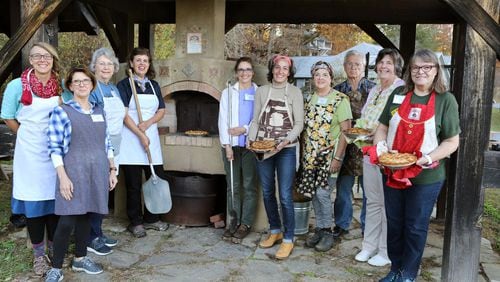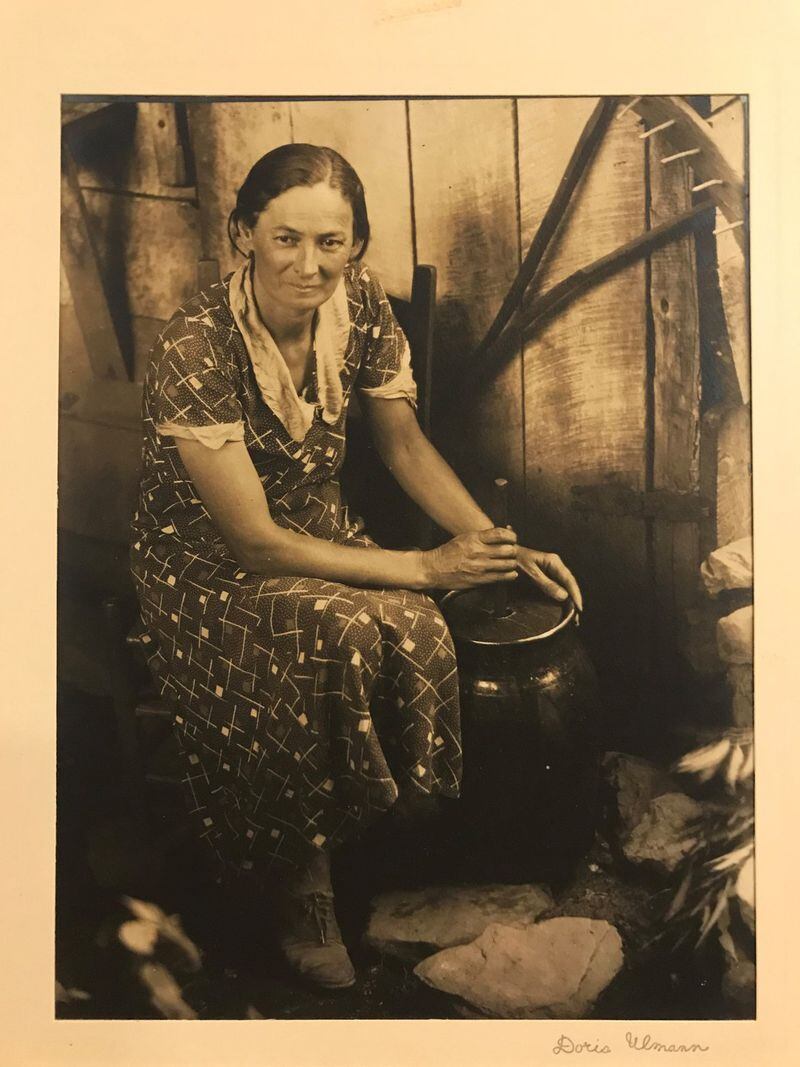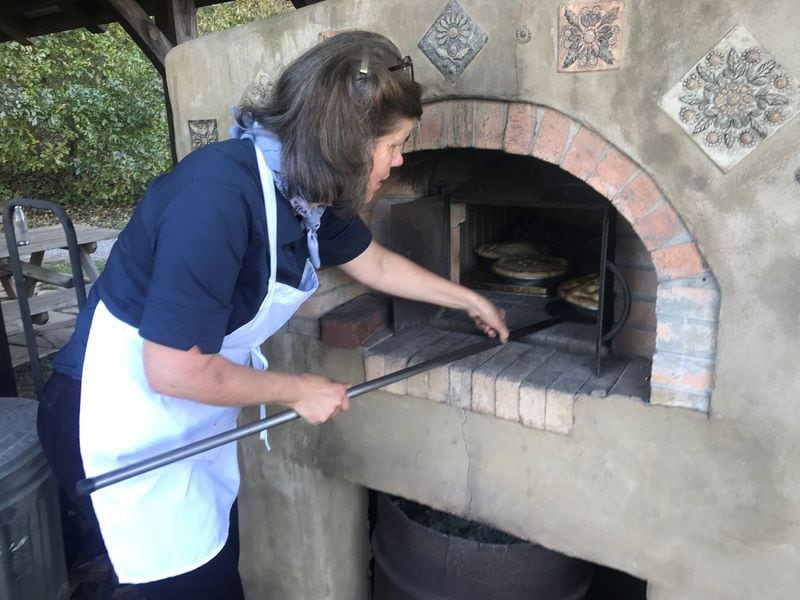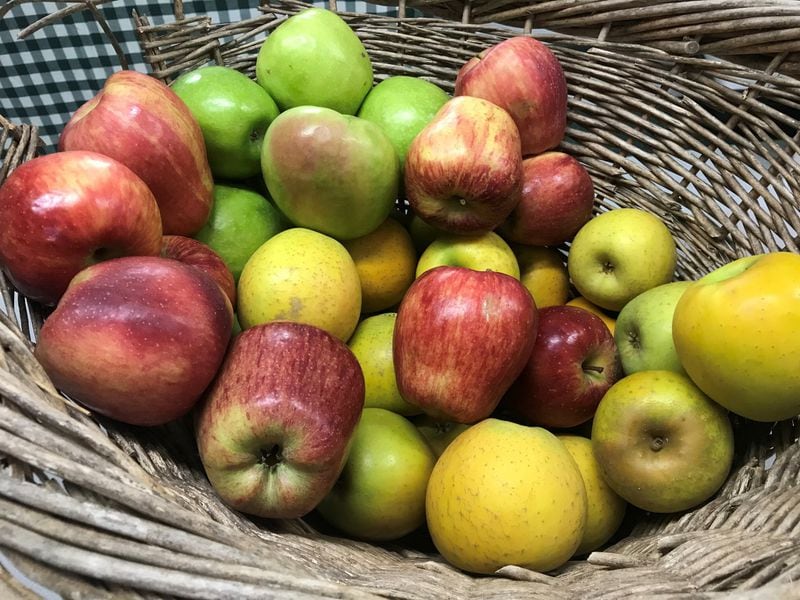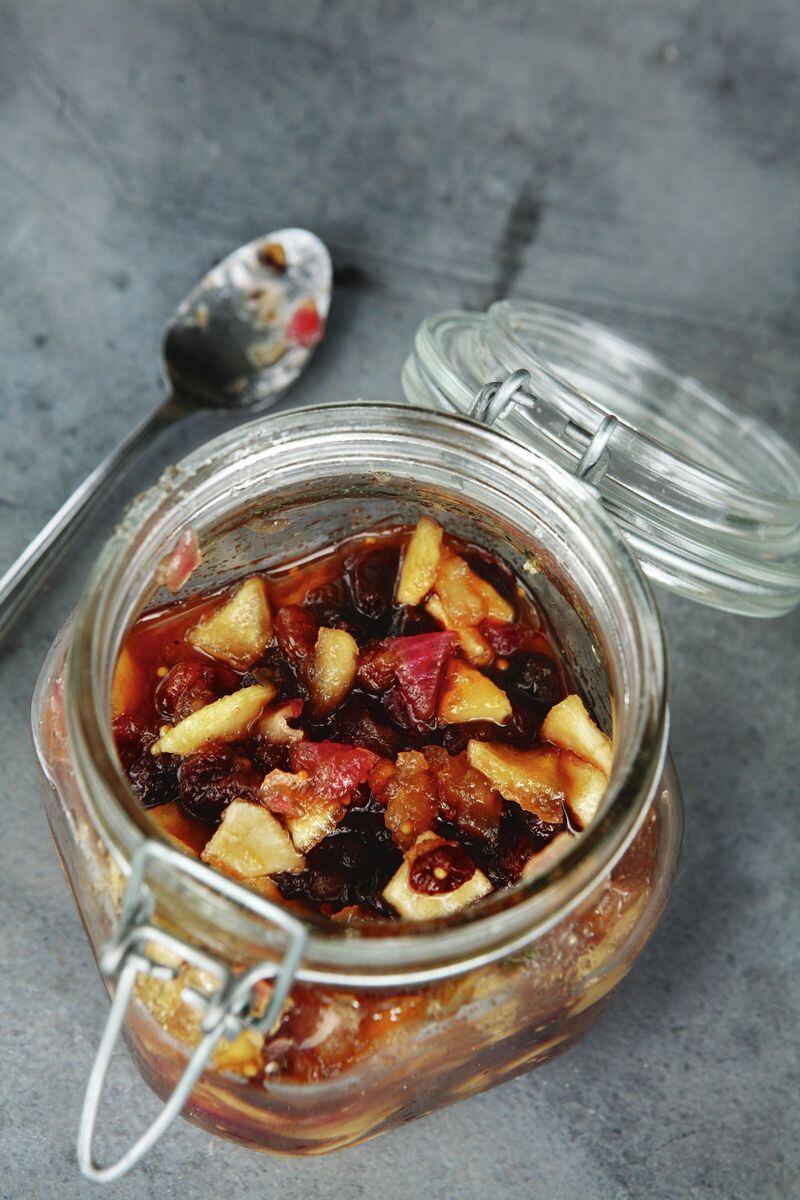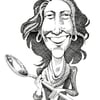BRASSTOWN, N.C. — Jack Smoot carefully pulled his handcrafted dulcimer out of its soft velvet, purple case and began to pluck away.
“’Tis the gift to be simple. ‘Tis the gift to be free,” he sang.
A crowd of about 40, mainly older adults, didn’t need prodding.
“’Tis the gift to come down where we ought to be,” they chimed in. “And when we find ourselves in the place just right, ‘twill be in the valley of love and delight.”
As a chorus of voices filled the room, a misty morning light danced through the windows of the near century-old wood building where they had gathered for Morningsong, a daily ritual of singing and storytelling at the John C. Campbell Folk School in Brasstown.
Tucked away in the Blue Ridge Mountains, just north of the Georgia state line, the folk school was the brainchild of John C. Campbell and his wife Olive Dane Campbell. In 1908-1909, the couple embarked on a fact-finding survey of social conditions in southern Appalachia (the original maps he drew are preserved in the school’s archives). They surmised that the quality of life of mountain settlers could be improved through education, and they also wanted to preserve the crafts, techniques and tools that people in the region used daily.
The John C. Campbell Folk School opened in 1925. It modeled instruction on a Danish approach to teaching in rural communities. Although originally established as an agricultural school for young local farmers, it is open to learners of all ages. However, it continues to operate under a noncompetitive model: There are no credits, no grades. Rather, it is a destination for those who want to immerse themselves through weeklong and weekend hands-on courses in more than 800 traditional and contemporary crafts. (The school also offers summer classes geared toward middle school students.)
The evening before Smoot performed his dulcet dulcimer act, director Jerry Jackson stood in the same room to welcome the more than 100 students who had traveled from as far away as Oregon and Washington.
“Community,” Jackson noted in his opening remarks, “is essential to the folk school experience.” Besides Morningsong, shared housing, group meanders through the 300-acre country campus, and communal dining with family-style dishes featuring produce grown in its vast gardens all offered opportunities to build community.
So does working side by side with apron-clad students in the kitchen.
Under the direction of Nanette Davidson, the school added culinary programming in 1998. More than 20 years later, she’s still involved. Davidson recently compiled “The Folk School Cookbook: A Collection of Seasonal Favorites From John C. Campbell Folk School,” which focuses heavily on Appalachian recipes. Earlier this month, she led a weeklong course in Shaker cookery.
Davidson is well versed in wood-fired oven management, food preservation and other kitchen wisdom that Appalachian dwellers tended to pass down orally or by doing. Although Davidson provided students recipes for cast-iron skillet cornbread, sorghum pecan pie and herb soup, she encouraged them to use their senses when cooking, just like homesteaders in this area from long ago.
While Davidson can provide students with a better understanding of the acid content needed for canning or tricks for rolling out a pie crust, students are the ones who collectively give shape and personality to classes.
Cindy Brannon, a retiree from Florida, brought home-sewn aprons as gifts for her fellow folk school classmates. Marcia Barbiero, who spends time with community opera groups in the Sunshine State, belted out her favorite unrequited love song while the rest of the class wiped jar lips and screwed on lids for chutneys and conserves. The eight students — all women except for retired physician Tim Parmley of Arkansas — grabbed stools to gather around the outdoor wood-fired oven and chat about spouses, grandkids and the joys of retired life while a dozen scratch pies bubbled and browned.
Whether because of its remote location that makes it likely to forge friendships (there are no TVs and Wi-Fi is spotty) or its strong tradition of helping lifelong learners improve in a hobby, the lure of this mountain school is powerful. Numerous participants retreat here each year, sometimes multiple times a year. For some, the Appalachian call is so strong that they’ve left big-city life and moved nearby.
Davidson took her first class in 1975. She and her husband, Jan Davidson, a former director for the school, live 3 miles down the road in Martins Creek.
“Community building,” she said, “is as equally important as the classes we teach. We are called a folk school because it’s about people. We embrace the creative spirit in every person.”
John C. Campbell Folk School. Offers weeklong and weekend classes in more than 800 traditional and contemporary crafts. Tuition, materials fees, housing and meal rates vary. Course schedules and registration available online. One Folk School Road, Brasstown, N.C. 828-837-2775, folkschool.org.
Nanette’s Apple Chutney
3 lemons
3 pounds cooking apples, peeled, cored and diced
1 cup white sugar
2 tablespoons oil
2 red onions, minced
1 1/2 cups brown sugar
1 1/2 cups cider vinegar
2 whole cinnamon sticks
1 tablespoon mustard seeds
1 teaspoon salt
8 whole cloves
1 pound raisins, currants or chopped dried figs
Juice and zest the lemons, adding them to a large ceramic or glass bowl. Add the diced apples and stir in the sugar.
Add the oil and red onion to a large nonreactive pot. Cook over medium heat until the onions are just translucent and tender, about 5 to 8 minutes. Add the apple-lemon-sugar mixture, the brown sugar, cider vinegar, cinnamon sticks, mustard seeds, salt and cloves, stirring to mix well. Gently cook at a simmer for about 10 to 15 minutes. Remove the cloves and cinnamon sticks. Stir in the raisins. Cook 10 minutes or until well blended and slightly thick. The chutney will continue to thicken as it cools. Taste for proper balance of sweet, sour and salty.
Follow safe water bath canning methods, such as that recommended by UGA Extension, to process in pint jars with 1/2-inch headspace for 15 minutes. Allow to cool before storing. Or store refrigerated and tightly covered for up to 1 month. Makes 6-8 pints.
Per tablespoon: 25 calories (percent of calories from fat, 9), trace protein, 6 grams carbohydrates, trace fiber, trace fat (no saturated fat), no cholesterol, 13 milligrams sodium.
RELATED:
Read more stories like this by liking Atlanta Restaurant Scene on Facebook, following @ATLDiningNews on Twitter and @ajcdining on Instagram.
